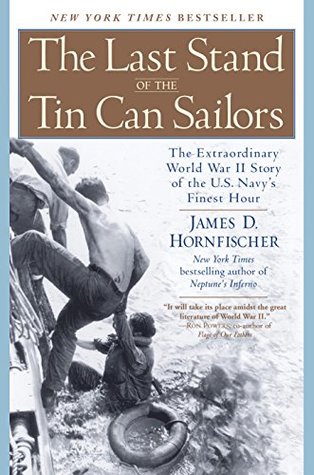More on this book
Community
Kindle Notes & Highlights
Read between
May 30 - June 10, 2021
recent history proved the necessity of knowing where the carriers were. Japan had attacked Pearl Harbor on a day when the Enterprise and the Lexington were at sea. This cost her the chance to destroy, rather than merely wound, the U.S. Pacific Fleet. The carriers, having dodged the treacherous blow, went on to spearhead the Allied counteroffensive in the Pacific. At Midway six months later a U.S. scout pilot’s fortuitous peek through a break in the clouds enabled the American carrier planes to strike the Japanese flattops first and turn the tide of the war.
At the same time I am reading this book I am also reading THE KILLER ANGELS, Michael Shaara's wonderful book about the Battle of Gettysburg. The point is strongly made that the Confederate doom was sealed, in large part, by JEB Stuart's failure to provide infomation to Robert E. Lee concerning the location and size of the Union forces.
When a ship sinks, the battlefield goes away. Currents move, thermal layers mix, and by the time the surveyors and rescuers arrive, the water that bore witness to the slaughter is nowhere to be found. The dead disappear, carried under with their ruined vehicles. No wreckage remains for tacticians to study. There are no corpses for stretcher-bearers to spirit away, no remains to shovel, bag, and bury. On the sea there is no place to anchor a memorial flagpole or a headstone. It is a vanishing graveyard.
Tom Van Brunt joked, “At this time in my life, one of my greatest pleasures is finding my glasses before I forget why I’m looking for them.”


